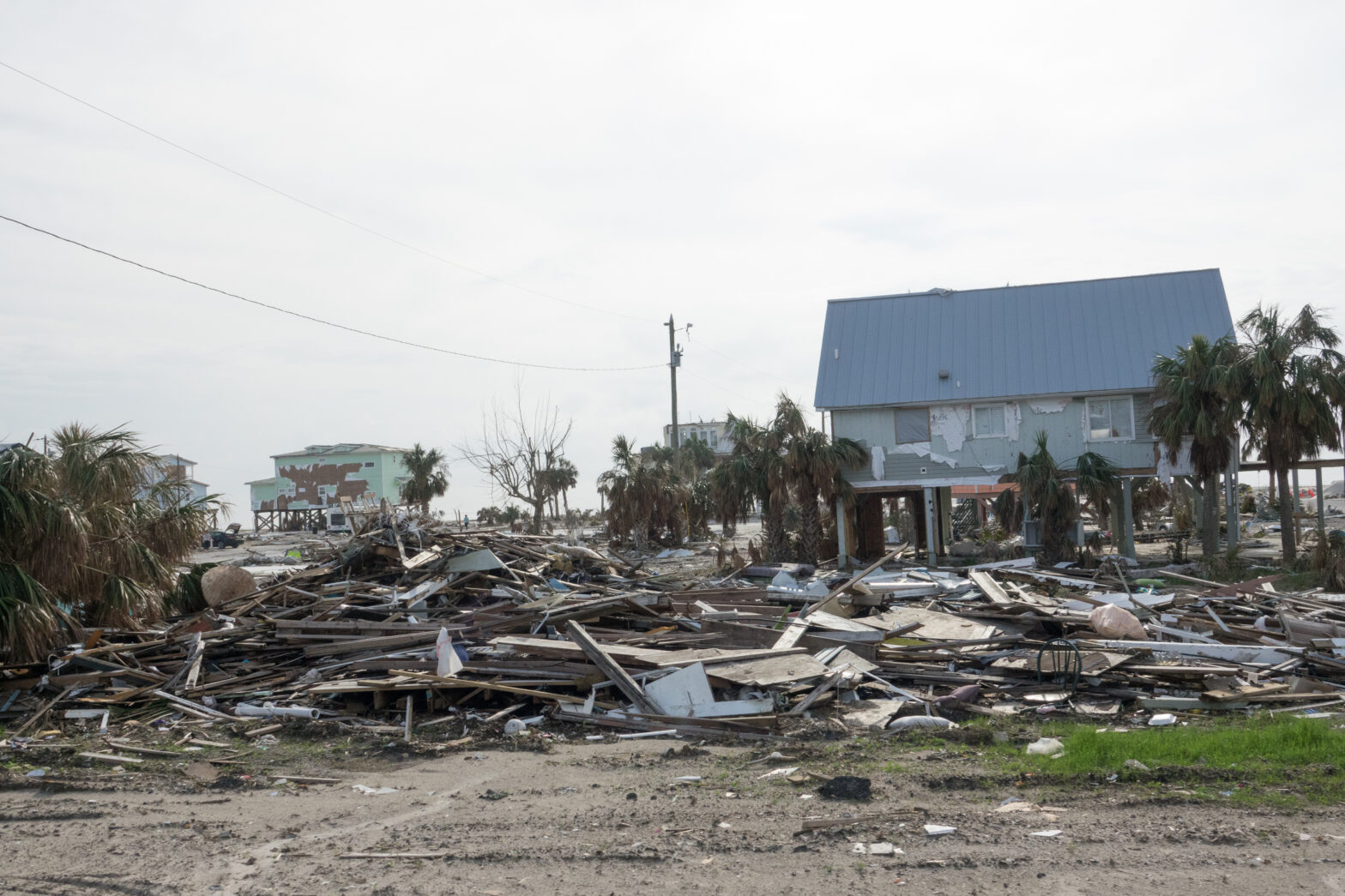From the rolling plains of Oklahoma to the bayous of Louisiana, natural disasters like hurricanes, tornadoes and wildfires are placing growing economic strain on heartland communities—displacing households, shuttering businesses and burdening public budgets. In 2024 alone, weather and climate disasters inflicted an estimated $368 billion in damages nationwide, with a disproportionate share impacting states in the middle of the country and reinforcing why resilience must be an economic priority for heartland communities.
Since 1980, Louisiana has weathered 106 different billion-dollar disasters, while Missouri has averaged 8.2 such events annually between 2020 and 2024—more than triple its historical rate. These rising figures underscore a critical issue: natural disasters are becoming more frequent, more costly and more disruptive to both livelihoods and local economies across the heartland. Below are recent examples that highlight the profound economic and community impact of recent disasters in the heartland:
- Hurricane Helene | September 26, 2024
- Overview: The Category 4 storm ravaged the southeastern United States and caused catastrophic flooding and landslides, agricultural losses and widespread devastation to critical infrastructure like roadways, bridges and homes. It became the most destructive hurricane in North Carolina history.
- States Affected: Tennessee, North Carolina, South Carolina, Georgia, Florida
- Damage Incurred: $55 billion
- Tornado Outbreak | March 13-16th 2025
- Overview: The largest tornado outbreak ever recorded in March, this event saw 113 tornadoes touch down across 14 states, including three EF-4 strength tornadoes. The outbreak caused 670,000 power outages and widespread destruction of homes, businesses and critical infrastructure.
- States Affected: Texas, Oklahoma, Arkansas, Missouri, Louisiana, Mississippi, Alabama, Tennessee, Kentucky, Indiana, Illinois, Ohio, Georgia, Florida
- Damage Incurred: $6.25 billion
- Smokehouse Creek Fire | February 26th, 2024
- Overview: Burning for almost three weeks before it was fully contained, this massive wildfire in Texas scorched roughly 1,058,482 acres, making it the state’s largest wildfire on record since 1988 and the largest in the U.S. in 2024. The fire left 11,000 people without power and was part of a larger outbreak of wind-driven wildfires that affected the Great Plains region.
- States Affected: Texas, Oklahoma
- Damage Incurred: $1 billion
As natural disaster risk continues to escalate, the need for resilience has never been more urgent. The frequency and severity of natural disasters are increasing, placing communities under unprecedented strain. Proactively investing in disaster resilience is a critical economic strategy. Studies show that every $1 spent on mitigation returns an average of $6 in future avoided losses. This begins with strengthening disaster-resilient infrastructure—essential systems like hospitals, schools, transit networks, telecommunications and power grids—designed or upgraded to withstand events such as floods, earthquakes and wildfires. Targeted investments in improvements like levee reinforcement, updated floodplain mapping and retrofitting homes is essential to reducing the long-term financial burden of recovery and ensuring communities are better equipped to weather future disasters.
While the immediate aftermath of a disaster often triggers a surge in construction employment and related economic activity, the long-term economic consequences of rebuilding are complex. Rebuilding efforts can place significant strain on both local and national economies, diverting resources from other critical areas such as education, infrastructure development and workforce training. Beyond the direct expenses of rebuilding homes and infrastructure, communities often face prolonged disruptions to local economies, reduced tax revenues and heightened fiscal pressures, underscoring the need for proactive resilience investments to mitigate these long-term challenges.
Mitigating the Threat
Without proactive measures to enhance resilience, communities risk facing increasing costs in the form of more frequent, severe and prolonged recovery periods. The economic toll of these disasters often outpaces the funds allocated for rebuilding, delaying recovery and hindering long-term economic growth. The challenge, therefore, is not only in rebuilding but in embedding resilience into the very fabric of community and economic development. Investments in resilience are not merely about protecting physical infrastructure—they are about safeguarding the long-term economic viability of communities. Time and time again, heartland communities have rallied together in moments of crisis, and now more than ever, that resilience will be essential to rebuilding and securing long-term prosperity.

